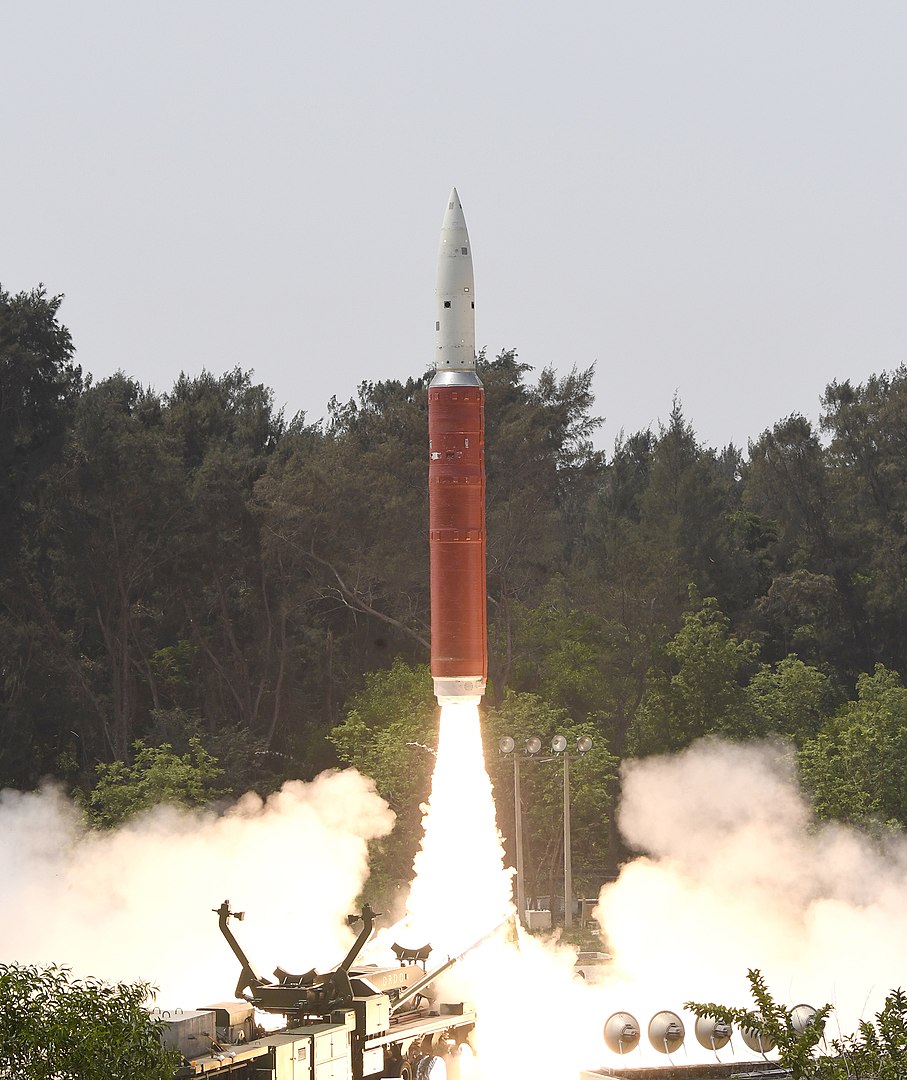When it comes to saber-rattling, few countries employ it as much as Russia does. During their ongoing invasion and occupation of Ukraine, the country’s leadership has repeatedly threatened to use atomic weapons. But the threats don’t stop there.
A private company called Slingshot Aerospace says Russia has maneuvered one of their Luch satellites uncomfortably close to Western spacecraft in GEO (geostationary orbit.)
And it’s not the first time.
The satellite in question is named Luch (Olymp) 2 and its Norad ID is 55841. Russia launched it in March of 2023, and it’s a successor to Luch (Olymp) Norad ID 40258. The naming conventions are a little confusing, but Luch 1 was a well-known interloper. Russia launched it in 2014 and maneuvered it close to other nations’ satellites on different occasions. American company Intelsat was not happy when the Luch came within 10 km of their space vehicles. They reached out for an explanation, but Russia remained tight-lipped about the maneuver.
Now Luch (Olymp) 2 is following in its predecessor’s footsteps. Slingshot Aerospace is a start-up that uses algorithms and AI to track satellites. In early September their detection algorithms revealed that the satellite had inititated a new maneuver. The Russian satellite performed numerous approaches to other satellites, and by October 5th it had slowed considerably and appeared to be ‘parking’ within 60 km of another satellite.
Slingshot’s Global Sensor Network verified the detection, and also projected close approaches to another satellite at ~16 km.

What does Russia say about this? Not much.
But a look at past behaviour gives a good indication of Russia’s saber-rattling and brinkmanship behaviour.
In 2020, two Russian satellites named Kosmos-2542 and Kosmos-2543 maneuvered close to KH-11, a US military surveillance satellite. That was in January, and six months later in July, Kosmos-2543 fired a projectile. The projectile wasn’t aimed at a satellite, it was fired into outer space. But it caught everyone’s attention.
In November of 2021, Russia tested an anti-Satellite (ASAT) weapon on one of its own satellites. That generated dangerous debris and thousands of what satellite experts call conjunctions. Space awareness company COMSPOC predicted that the number of potentially dangerous conjunctions from the debris peaked at 4,000 per day.

In January 2023, another Russian satellite, Kosmos 2499, broke up and generated a cloud of debris. That satellite was mysterious, and likely experimental. But because of its powered maneuvers, there was speculation that it could be an anti-satellite weapon.
So Russia routinely maneuvers their RPO (Rendezvous and Proximity Operations) or inspector satellites close to US satellites and others. And some of their satellites carry weapons. And they’re not afraid to make it risky for everyone with clouds of debris. This is classic brinkmanship, and the US and others are taking note.
“This test is further proof of Russia’s hypocritical advocacy of outer space arms control proposals designed to restrict the capabilities of the United States while clearly having no intention of halting their counterspace weapons programs,” Gen. John W. ‘Jay’ Raymond, U.S. Space Force Chief of Space Operations, after the Russian ASAT test. “The United States is ready and committed to deterring aggression and defending the Nation, our allies and U.S. interests from hostile acts in space.”

Could a satellite-on-satellite war in Earth orbit meet anyone’s objectives? Debris clouds from destroyed satellites pose an equal threat to all satellites, even an aggressor’s. But the threat itself accomplishes something.
Aerospace Corporation’s Center for Space Policy and Strategy released a paper three years ago that delves into the issue of a war in Earth orbit. They laid out four objectives for orbital posturing and conflict:
- Deceive an enemy so that they react in ways that hurt their interests.
- Disrupt, deny, or degrade an enemy’s ability to use a space capability, either temporarily or permanently.
- Destroy completely a space-based capability.
- Deter or defend against a counter-attacking adversary, either in space or on Earth.
In that framework, Russia’s actions are rational. Putin does all kinds of things just to provoke reactions and test his adversaries. He fancies himself a powerful, unpredictable warlord in possession of deep strategic thinking skills. But really he’s just doing what we expect him to do.
Russia is just one of four countries known to be developing anti-satellite weapons that can be fired from the surface or the air. The others are the USA, China, and India. We can expect more incursions, aggressive maneuvers, and even ASAT tests as time goes on.

